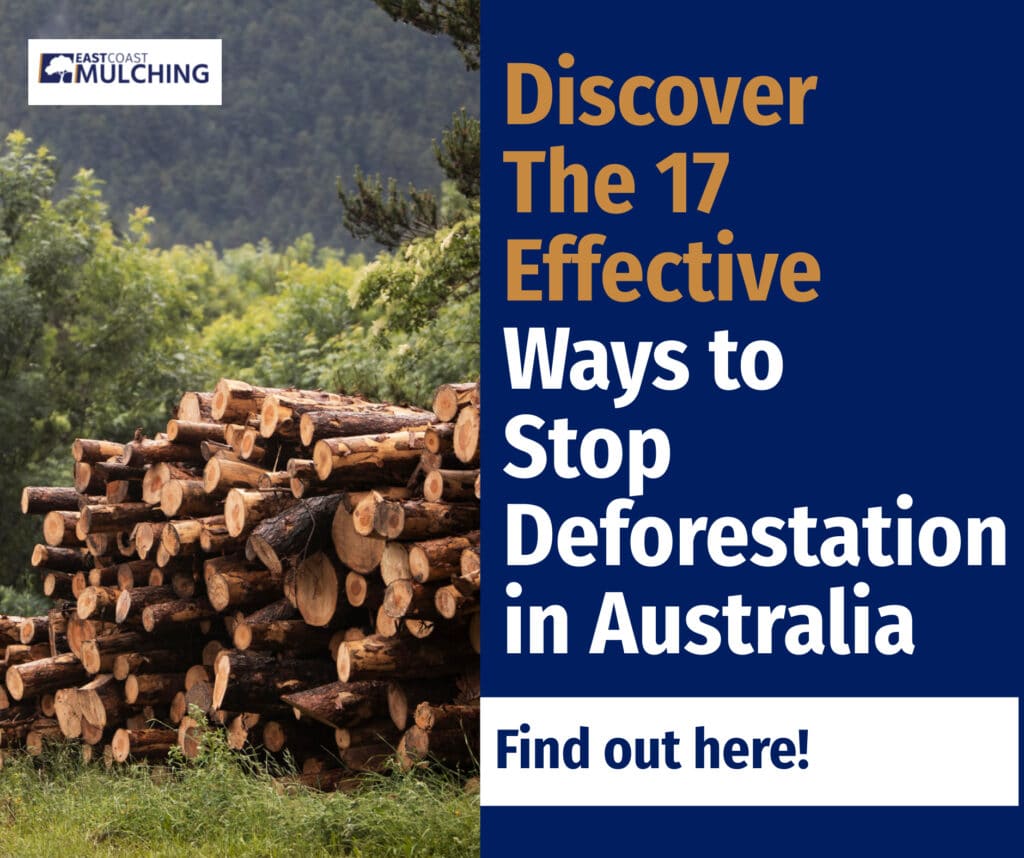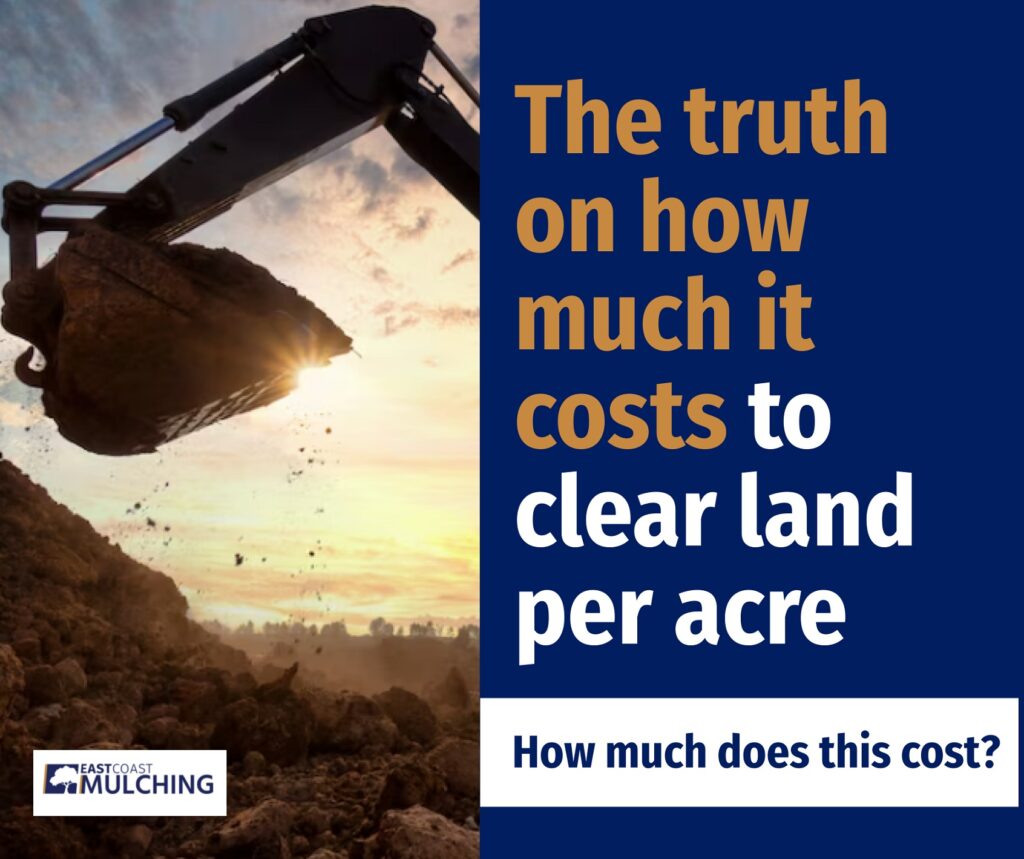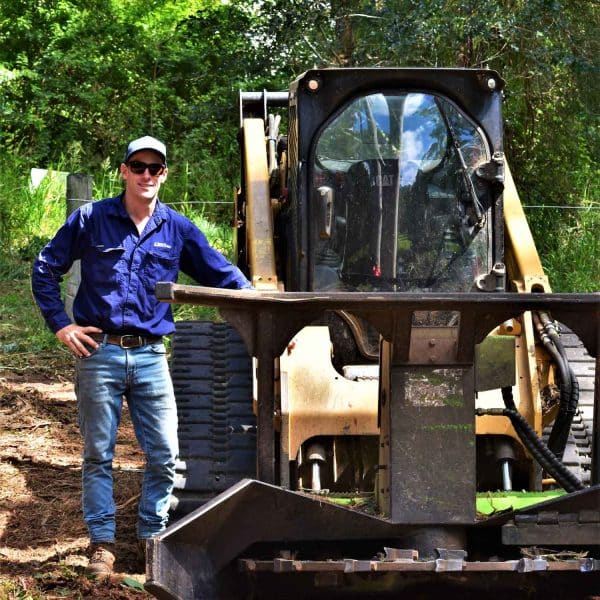We need urgent action to protect the climate corridors our native flora and fauna rely on to survive. It’s easy to assume we can continue to consume the land’s resources without consequence. But unchecked growth in land development inevitably leads to irreversible degradation. That’s what environmental protection legislation seeks to combat.
There is a fight to protect native forests in New South Wales. This case underscores the importance of environmental action and the dangers of over-development.
Key takeaways
- The Barrington Tops to Hawkesbury Climate Corridors Alliance is fighting to prevent further clearing in their region.
- The alliance demands climate corridors and state forest re-categorisation.
- Climate Corridors allow threatened species to travel to climatically favourable habitats.
- National parks have stricter rules around conservation than state forests.
Moratorium on land clearing
The region between Barrington Tops and the Hawkesbury River covers about 11,300 square kilometres. The area connects two world heritage areas. Currently, it’s under threat from forestry, agriculture and urban development. Twenty-two threatened species of native fauna are at risk, and six may be extinct within 50 years. A coalition of community groups is pushing back against clearing habitats essential to native wildlife. The Barrington Tops to Hawkesbury Climate Corridors Alliance includes:
- The Community Environment Network
- Hunter Community Environment Centre
- The Hunter branch of the National Parks Association NSW.
Identifying key corridors to assist wildlife movement is essential in the face of climate change. With sensible measures, the alliance believes local authorities can halt further harm. It can also protect the future of vulnerable wildlife. They have developed a conservation plan based on NSW Government climate corridor mapping.
Biodiversity Corridors and climate change
Biodiversity corridors are avenues of protected vegetation that connect wildlife habitats. They extend the area available to threatened species which can lead to a population increase. These corridors are becoming important due to the impacts of climate change. Large corridors can cross climatic gradients. This allows species to move to regions that have a more favourable climate.
State forests vs national parks
In addition to developing climate corridors, the alliance calls for state forests to be transferred to National Parks. Under this new categorisation, local communities will manage the land for conservation and recreation. Recategorising state forests also has vital conservation implications. So, what is the difference between state forests and national parks?
National parks are tracts of land deemed significant enough to require government protection. This protection prevents urban development, land clearing, mining and any other practice that would harm the land. The Government may give the land a national park status for various reasons, including that it contains:
- Culturally significant Indigenous or colonial sites;
- Abundant native flora and fauna;
- Particular species do not present anywhere else;
- A unique ecosystem;
- A remarkable landscape.
While national parks are open for everyone’s enjoyment, there are often strict rules around what you can do when visiting. Many national parks have specific areas for hiking and camping and may not allow you to go off-track. They often have a no-trace policy prohibiting leaving items behind or taking anything from the park.
State forests are crown land that is sometimes designated for environmental conservation. They may also be plantations used for timber harvesting. State forests are sometimes the responsibility of state government departments. However, it may also be managed by private entities.
State forests have fewer restrictions on what activities they permit. Hunting is often acceptable and heavy machinery is common. The land’s conservation status will increase by bringing state forests into the fold of national parks.
Help promote responsible land management
East Coast Mulching is aware of the importance of proper land management. Environmental action to preserve critical natural resources is essential. When land clearing is appropriate, sustainable practices like forestry mulching are the best solution.
Contact us today for a free quote on your land clearing project.








